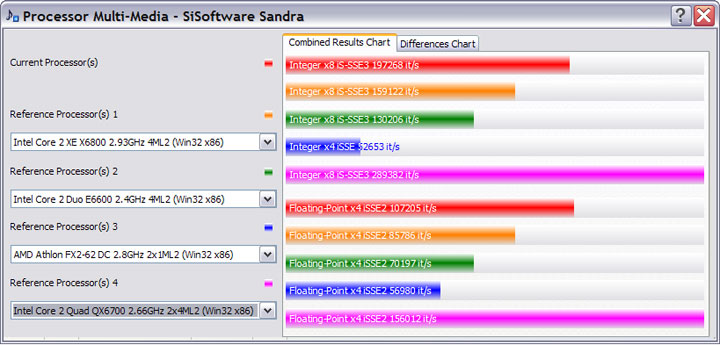Each individual CPU has its significant overclocking performance. A better graded CPU has wider overclocking range. This is a tutorial on how to overclock your ram. You should be able to get a pretty decent overclock by following the instructions in the video. This is the long awaited tutorial on how to overclock your RAM, especially if it is 1.5v ram. Overclocking these CPUs is simply a matter of stepping up the multiplier.
Of course it isn't quite that simple, as you will need to watch how much voltage you push through these CPUs, and also that stepping up the voltage and clock speed will inevitably produce more heat.
Memory (RAM) Overclocking Guide - DDR3 - Master's Lair
Setting the FSB:RAM ratio to 1:1 would set the memory frequency to 1333MHz, which might result in system instability because you would overclock the memory.I think you should leave your memory at 1066MHz (533MHz in CPUz), which is the default frequency for your memory.
DRAM, one needs to bear in mind that during a first POST after full shutdown, or an AC power cycle, the memory controller performs driver calibration, de-skewing of signal lines and a memory test. The memory test uses a data pattern designed to create a large current swing on the DRAM bus. Aside from overclocking the processor, same can be done for the graphics card, memory and also for the integrated graphics processor chip. It will just boil down on how the parameters in the BIOS will be configured. Frequency is the result of the BCLK and an additional multiplier.
E.g. 100 MHz BCLK and 18.66 multi will result in 1866 MHz RAM frequency.

Memory frequency overclock [Solved] - RAM - Memory
Because all RAM operating at the same frequency and timings will work identically regardless of vendor, we consider this an accurate way of depicting performance without needing to physically change RAM for each benchmarking session. Note that RAM speed is determined both by frequency (measured in MHz) and its timings.

Intel Core i7-6700K Processor was overclocked to 4.6GHz, but I didn’t overclock the CPU cache and left it at 4.1 GHz. This is in the block diagram but not written. Uncore is a frequency that the CPU handles everything from the north bridge to the south bridge. DRAM frequency is interesting because it is simple to set, but not as straightforward as you might think.
On some boards, you have the ability to pick multipliers based on either a 100MHz or 133MHz bus, and the simplest way to visualize it is as a 1.00x or 1.33x multiplier for the DRAM/memory multiplier.
RAM Overclocking Guide Tutorial - OCFreaks!
DRAM dabbling, bringing the rest of the system up to speedGoing beyond simple multiplier tweaking is where BCLK tuning and DRAM speed come into the equation, and carefully tuning these separates the digital dilettantes from the hardcore hobbyists.While the BCLK setting starts at a safe value of 100, several other special BCLK frequencies, called straps, provide higher numbers that only overclock the CPU and DRAM, allowing for a more flexible spread of frequencies and multipliers. However keep in mind that DRAM Frequency is dual channel, so if you use more than a single stick, you can double this number. For example, if the speed is advertised as 1600MHz, then it should report as 800MHz in “DRAM Frequency”. The RAM frequency denotes the rate at which data bits are stored.
The tools in this set will offer you information about the frequency of your RAM.
No hay comentarios:
Publicar un comentario